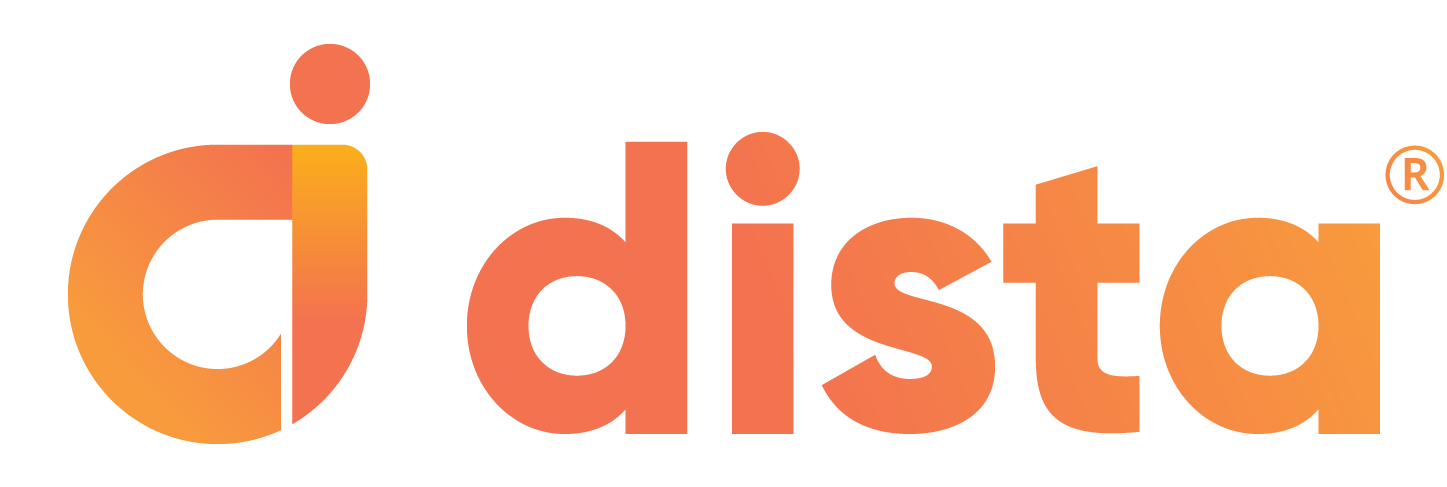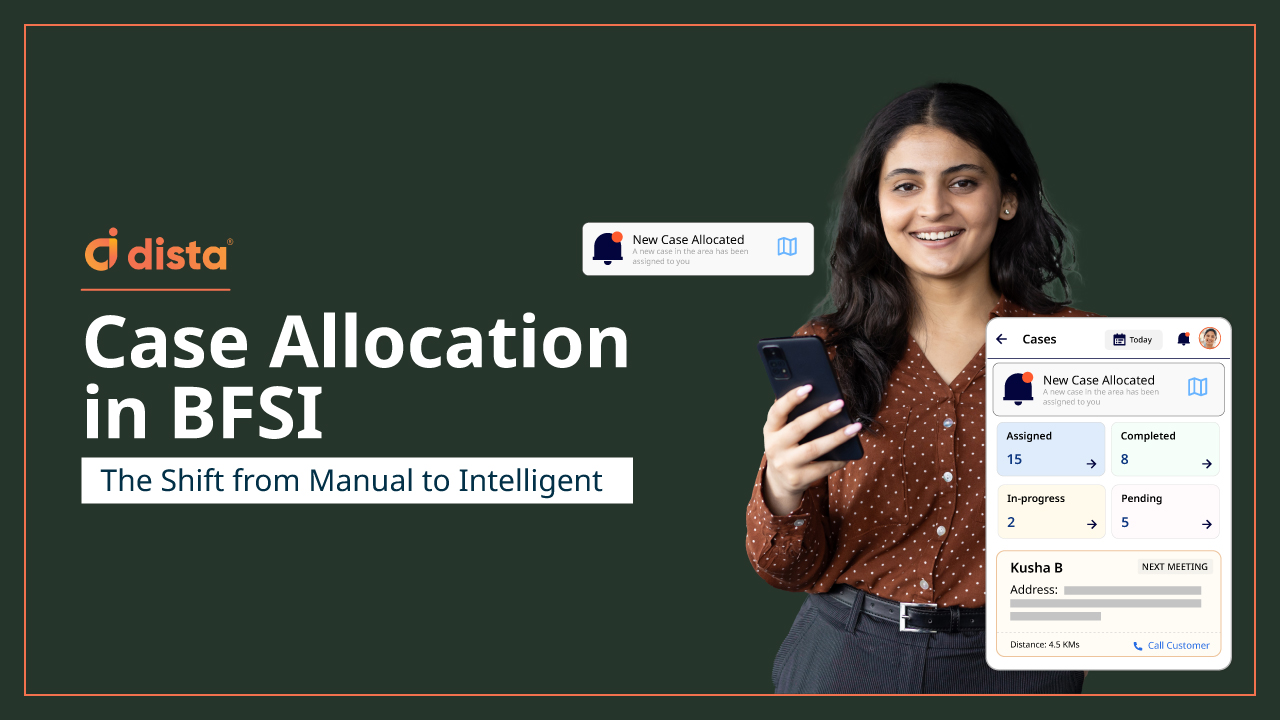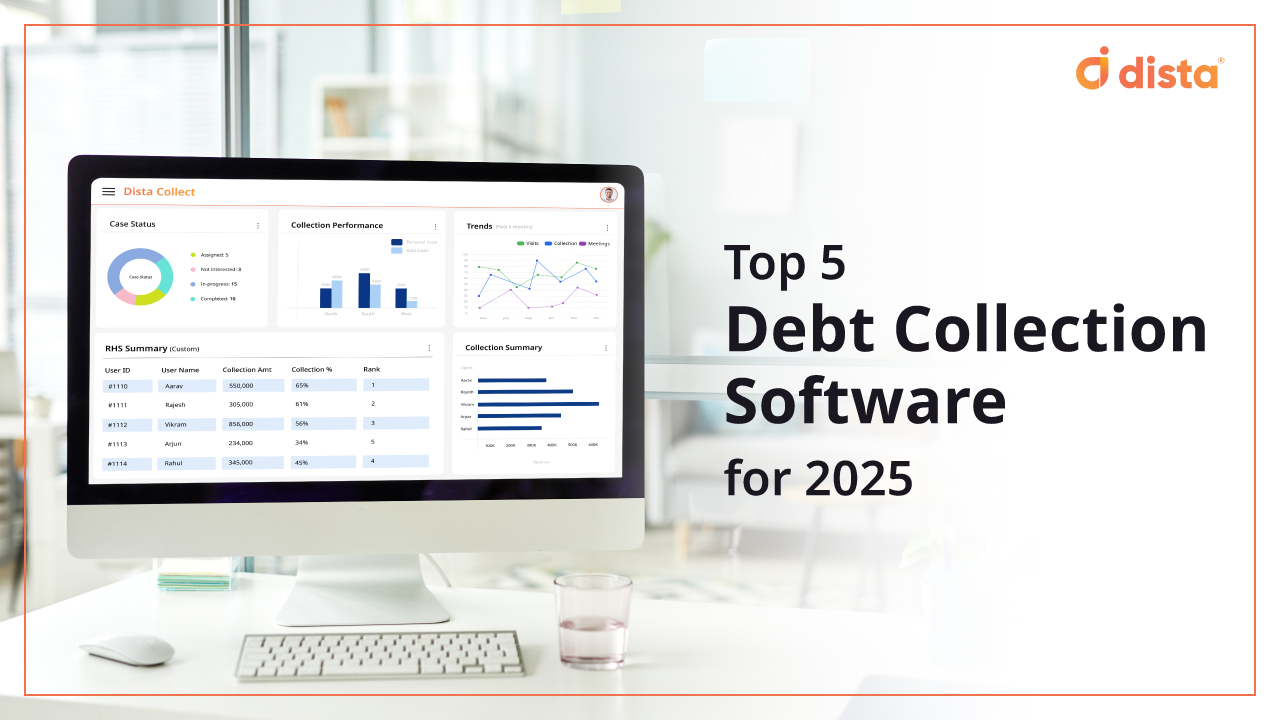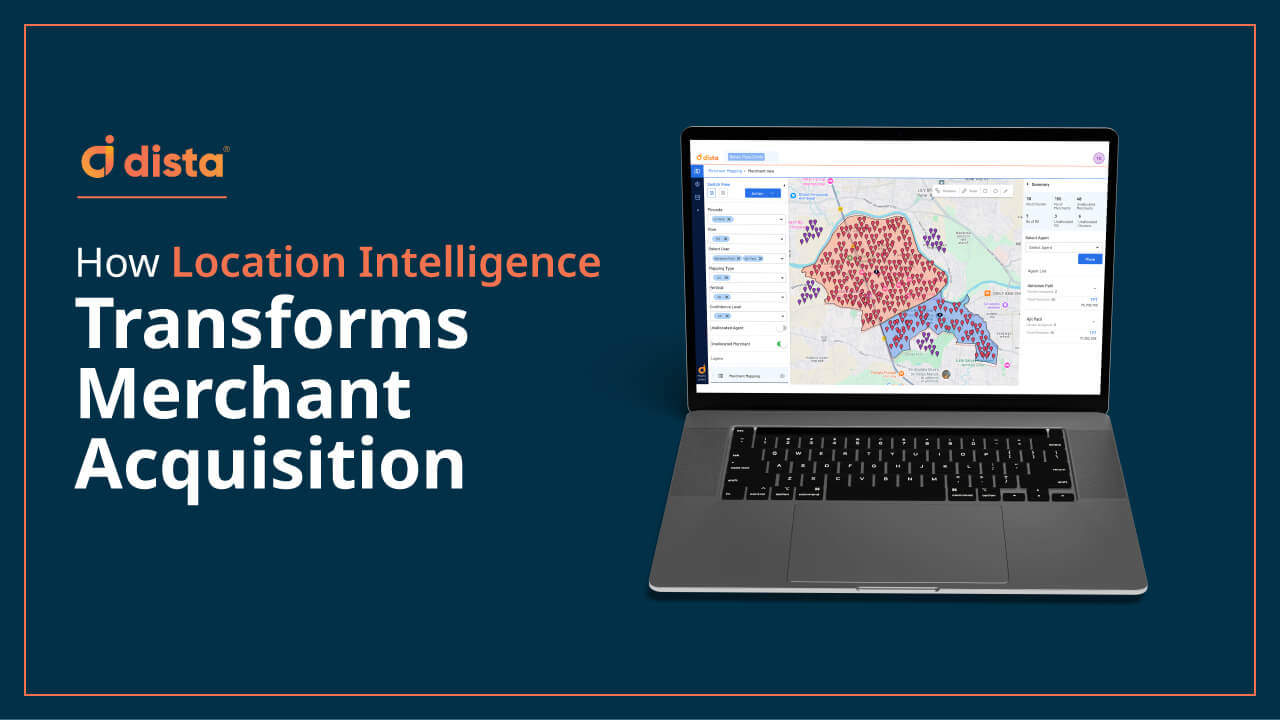Last-mile delivery represents a supply chain’s final and most critical leg of business operations. It’s a complex process that enterprises should manage efficiently to enhance customer satisfaction.
Growing consumer demand for faster and more reliable deliveries is pushing enterprises to rethink their daily operations. Enterprises desperately need quick and cost-effective ways to supercharge their last mile delivery.
The overall success and sustainability of logistical operations rely on how well dispatchers can find innovative solutions to improve delivery operations.
Here are key effective strategies that can help businesses gain a competitive advantage in combating common last mile delivery challenges.
1. Measure Essential Delivery KPIs
Relevant KPIs in last-mile delivery include total deliveries, on-time delivery rate, and first attempt delivery rate (FADR). Also, order accuracy, average service time, average cost per delivery, vehicle utilization rate, and customer satisfaction are factors that influence last-mile delivery efficiency.
Tracking KPIs allows dispatchers to identify bottlenecks in the supply chain. Analyzing delivery patterns against current trends in logistics highlights key areas for improvement.
Enterprises gain a competitive edge that attracts new prospects and triggers repeat orders from existing satisfied customers.
Since there is continuous room for improvement, actively measuring delivery KPIs allows enterprises to adapt to changing market conditions.
Also Read: 11 Last Mile Delivery Trends for 2024
2. Optimize Scheduling and Route Planning
Poorly scheduled deliveries cause delays in transit and directly impact customer satisfaction. Inefficient routes further add to the time and cost of deliveries.
A dispatch management software improves dynamic scheduling for day-to-day dispatch operations and enables delivery agents to meet promised SLAs. Intelligent route planning enhances FADR to fulfill more orders and boost daily delivery volumes.
The software automates scheduling and routing workflows to streamline on-demand deliveries. It helps dispatchers create and assess smart delivery clusters to avoid overlap of territories and delivery routes. This improves last mile delivery efficiency and productivity.
3. Implement Geolocation Management
Geolocation management enhances operational control in last-mile delivery. Integrating geolocation data with last-mile logistics helps enterprises track and address unexpected delivery issues.
Enterprises can keep their customers informed with accurate order ETAs, streamline logistics to save costs, and provide real-time alerts for all deliveries.
Leveraging location intelligence with delivery management software provides end-to-end visibility into delivery operations. Businesses can deliver products more efficiently and improve customer satisfaction.
Geolocation tracking also enables special delivery authentication tools. So, only the assigned delivery agents can initiate and complete the order with proof of delivery. Customers can track their deliveries from when packages leave the distribution hub to their doorstep.
4. Improve Supply Chain Network Design
Planning a resilient supply chain starts with analyzing the best territories for placing warehouses and distribution centers.
A delivery management system can simulate and assess parameters for supply chain network optimization. It analyzes real estate trends, customer market demand, nature of the product, average order volume, etc., by location. The software then overlays these spatial data points to visualize and plot the ideal locations for warehouses and distribution centers.
Efficient supply chain network design enables better utilization of delivery vehicles and resources, thus lowering operational costs. It boosts delivery order volumes and increases profitability with each planned delivery run.
5. Manage Last-Mile Delivery Costs
The last mile accounts for approximately 41% to 53% of the total supply chain costs. Low delivery volumes, failed deliveries, and complex dispatch management increase operational costs.
A comprehensive delivery management software can be used to manage these costs. It provides features like auto-scheduling, route optimization, fleet tracking, live order tracking, and vehicle ETA.
Dispatchers can improve delivery schedules and dispatch routes to reduce travel distance. This will lower the fuel cost for operations. Invest in vehicles that run on alternative fuels like biodiesel, ethanol, hydrogen, natural gas, and electricity. Enterprises can easily reduce fuel costs and achieve sustainability in daily operations.
6. Enhance Quick Commerce Logistics
Reaching the customer first provides enterprises with a competitive advantage in last-mile delivery. Customers today expect hyperlocal delivery, pushing enterprises to develop innovative solutions for quick commerce.
An AI-powered delivery management software like Dista Deliver streamlines delivery management using location intelligence. Delivery agents can adhere to promised SLAs for quick deliveries and improve customer satisfaction.
The software analyzes location data, customer demographics, and delivery logistics necessary for the strategic placement of fulfillment and distribution centers. It plans, maps out, and optimizes routes and schedules for delivery agents.
7. Plan Efficient Reverse Logistics
A big challenge in last mile delivery is configuring an efficient reverse logistics system. Enterprises need a simple solution to process customer requests and store returns once delivered back to the warehouse.
A feature rich delivery management software provides a single channel for customers and enterprises to track their returns. Dispatchers can define clear returns policies, provide convenient package drop-off locations, and enable doorstep collections.
The software can track the reverse movement of goods from the customer to their point of origin, providing real-time updates and ETAs for returns.
8. Leverage Live Vehicle Tracking
A delivery management software provides live tracking for last-mile operations. Live ETAs and driver status updates allow dispatchers to monitor deliveries, check route deviations, and address unexpected stops.
Dispatchers can send relevant contextual nudges to guide drivers en route and carry out tasks that impact delivery productivity. They can also define, manage, and review delivery KPIs for drivers to assess their overall performance. Drivers can also communicate with dispatchers and share instant updates in real time using a dedicated app.
9. Enable Predictive Vehicle Maintenance
If a delivery vehicle sits idle, the business could lose money due to failed and unattempted deliveries. This downtime adds to the backlog for existing vehicles to cover missed deliveries. Predictive maintenance overcomes last minute scheduling challenges dispatchers face due to unplanned vehicle maintenance.
Dispatchers can assess delivery vehicles’ safety, capability, and efficiency using vehicle performance tracking software and sensors. You avoid unexpected breakdowns, costly repairs, or even emergency repairs for vehicles that can disrupt a well-planned delivery schedule.
This way, delivery vehicles are always operational and safe to use, enabling businesses to continue daily operations.
Final Thoughts
Enterprises should maintain consistency by providing on-time last mile delivery. Improving the speed and reliability of delivery operations helps enhance customer satisfaction and loyalty.
Enhancing delivery management is a continuous process and enterprises must strive to achieve consistent operational efficiency. Dista Deliver improves delivery productivity and supercharges last-mile delivery operations.
Are you looking to strengthen your last mile delivery? Get in touch with us to learn more.






